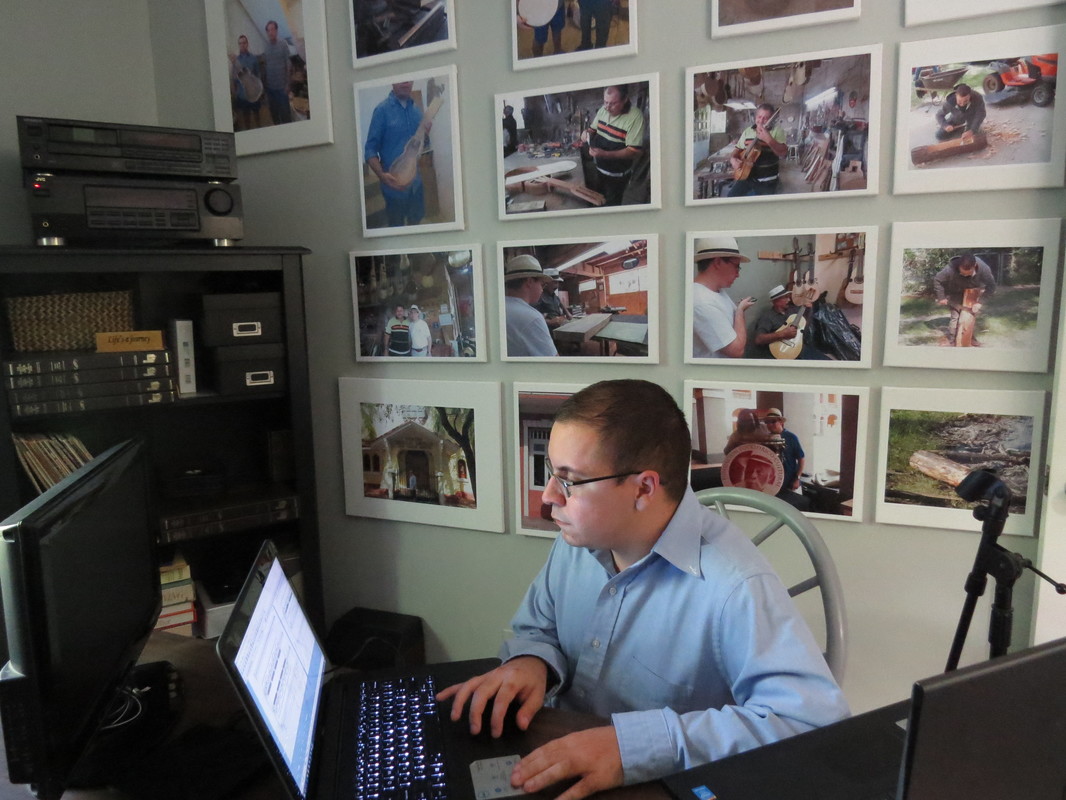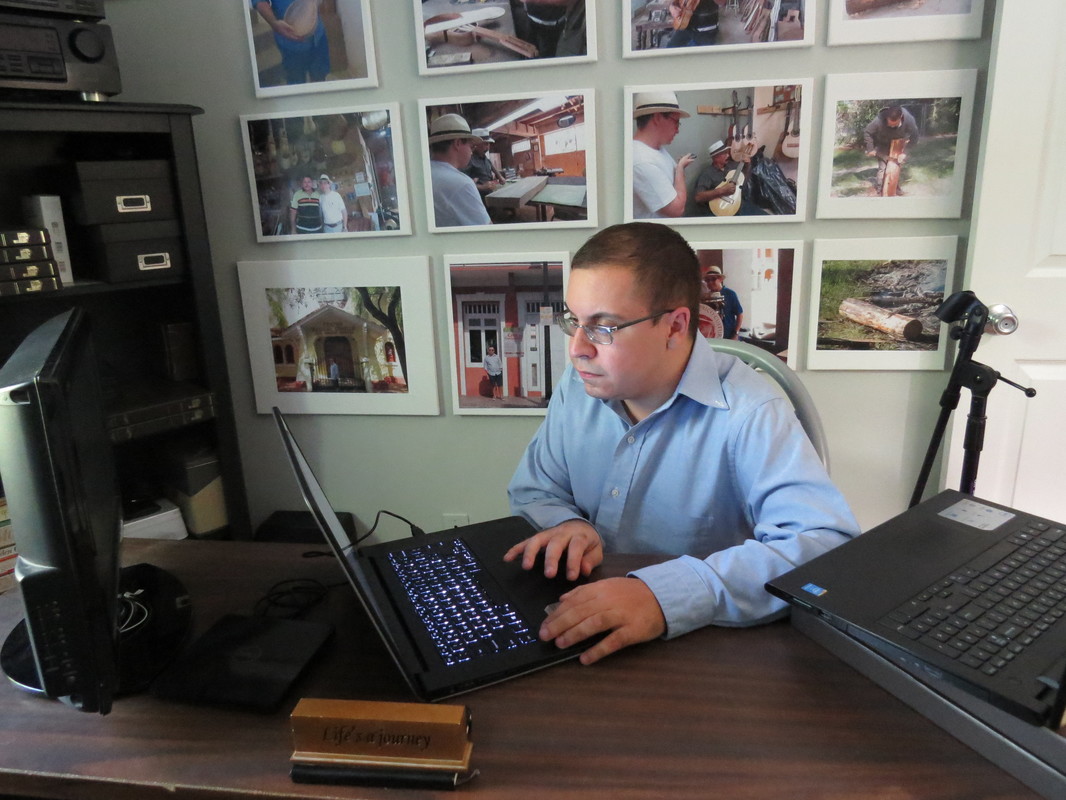Diving into the function and specifics of Ether Surface, one can see that that the application has plenty of musical potential. Musicians and composers can use the Android phone as a musical instrument by pressing/sliding the fingers across a series of lines and spaces, where each space denotes a tone. It works in both ascending and descending motion. Bearing these points in mind Ether Surface has some similarities to a theremin because the performer can control the dynamic intensity of pitches by moving the fingers up and down.
Ether Surface contains a plethora of practicable features. The "Octave" function allows users to choose up to a two-octave range in both ascending order. The app also features plenty types of scales to choose from. The complete list is shown below:
-Default
-Major
-Minor
-Pentatonic
-Flamenco (possibly a Phrygian modal scale, but the app does not specify)
- Blues
-Chromatic (all twelve pitches in half-steps)
-Whole-Tone
-Octatonic
-Bohlen-Pierce
Some of the scales listed above, like the "Major," "Minor" and "Whole-Tone," are self-explanatory for musicians and composers who had training in music theory. Other scales in this list, like the "Bohlen-Pierce," present intriguing and relatively new theoretical material. In basic terms, the "Bohlen-Pierce" scale is a thirteen-step microtonal scale that avoids traditional Western chromaticism. It was developed from the 1970s to 1980s by Heinz Bohlen and John Pierce. Information about the "Bohlen-Pierce" scale requires further investigation, but I recently found a website from Heinz Bohlen with more details: www.huygens-fokker.org/bpsite/.
The "Key" function enables users to choose from twelve chromatic keys (shown in ascending order).
"Size" expands or shrinks the total number of tones from four to fourteen. With regard to the "Sound" feature, the app features three effects: "Ether Pad," "Distorted Dreams" and "Xanpalamin." Depending on the chosen sound, loud dynamics increase the harshness of the tone quality.
Ether Surface features touch-sensitive, but easy to use, controls. It functions as both a monophonic and polyphonic instrument because it allows the use of multiple fingers to play chords and slide notes. Perhaps most important, the app consists of very responsive dynamics control. This, coupled with the fact that the app is free, makes Ether Surface a great tool for enhancing creative possibilities for composers
Concerning the gaps and problems with the app, some of these involve practical features that were excluded for some unexplained reason. Ether Surface does not have a “Load/Save” feature to manage music tracks. Similarly, users cannot record the music directly from the app (I found myself having to use an external recording app to complete this task.). One of the more baffling or annoying aspects of Ether Surface involves the sounds having a built-in echo that cannot be turned off in any way. Some of the scales are also verbally misleading ("Default" is actually a combination of hexatonic and pentatonic scales at the full range, while "Flamenco" could possibly refer to the Phrygian modal scale.)
Speaking of scales, there are hidden playable tones that do not appear on the screen. Other issues that I encountered when using Ether Surface involve what happens when minimizing or closing the app. Doing so causes an unintentional clipping or stuttering effect. Even though the app contains many positive musical elements, it is meant more as a musical toy than as a professional instrument: one that simultaneously drains cellphone batteries.
All in all, Ether Surface is a good product this is easily accessible. While it does have its limitations, they are not too egregious to the point where they render the program useless. Some of these issues amount to minor, odd occurrences. In some cases, they can easily be solved with the use of other music apps in conjunction with this one.



 RSS Feed
RSS Feed
